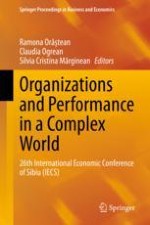2021 | OriginalPaper | Buchkapitel
Dark Spots in Trade Theory: Early Testing Attempts
verfasst von : Sorin Burnete
Erschienen in: Organizations and Performance in a Complex World
Aktivieren Sie unsere intelligente Suche, um passende Fachinhalte oder Patente zu finden.
Wählen Sie Textabschnitte aus um mit Künstlicher Intelligenz passenden Patente zu finden. powered by
Markieren Sie Textabschnitte, um KI-gestützt weitere passende Inhalte zu finden. powered by
